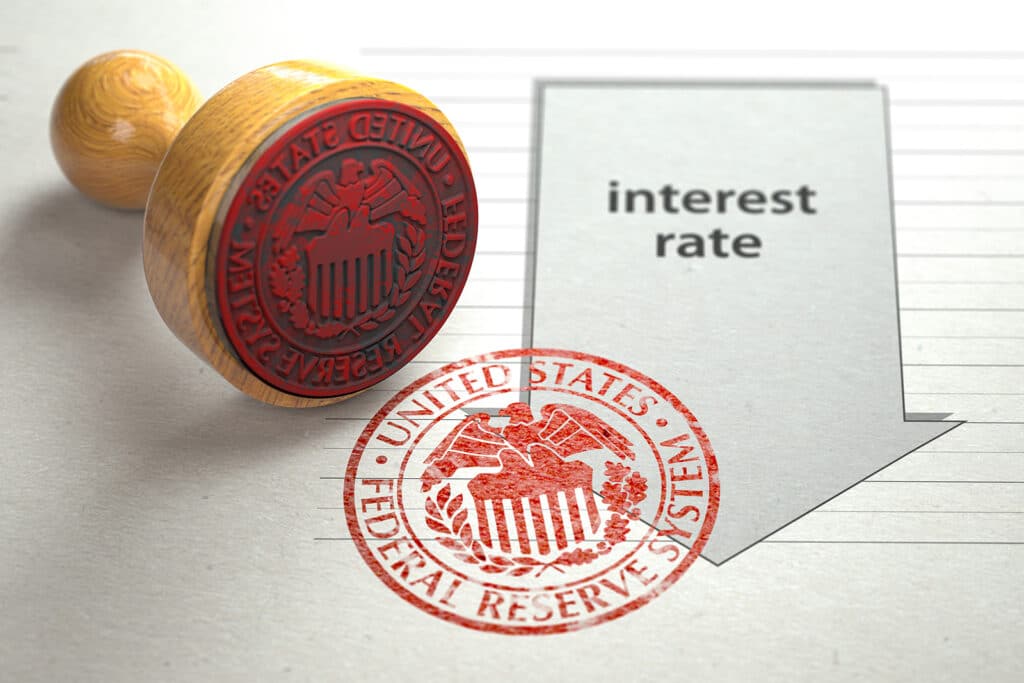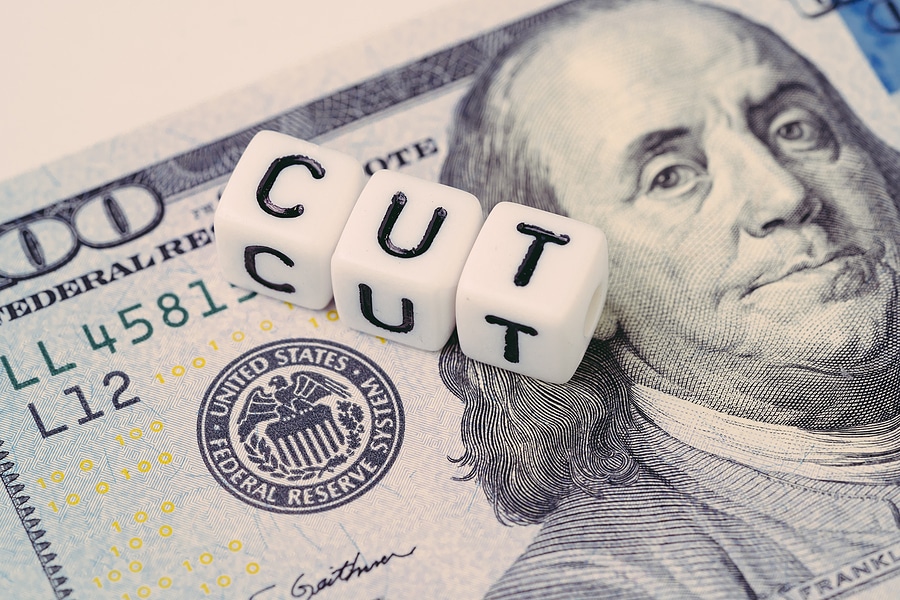Billionaire families are going beyond index trackers and vault holdings as bullion’s boom propels a trading revival.
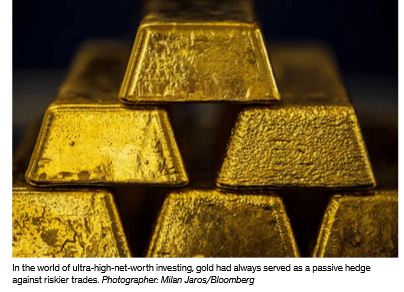
- Some family offices in Asia are bypassing middlemen and directly financing, shipping, and trading gold, with Cavendish Investment Corp. allocating roughly a third of its portfolio to the physical gold trade.
- Wealthy investors in Asia have shown strong appetite for gold, with those in Hong Kong more than doubling their allocation to the precious metal in a year, according to a 2025 HSBC survey.
- Some billionaire families are earning returns by lending their physical bullion to local jewelers, while others are entering profit-sharing ventures or playing the arbitrage game, buying discounted bars in one market and selling them for premiums in another.
In Asia’s ultra-wealthy circles, some family offices are now bypassing the middlemen and jumping into the gold business itself. They’re financing, shipping and flipping bullion like traders.
Take Cavendish Investment Corp., a multi-family office run by the former chairman of a Hong Kong jewelry company, which is allocating roughly a third of its portfolio this year to the physical gold trade, going a step beyond index trackers and vault holdings. Precious metals dealers J. Rotbart & Co. and Goldstrom are also trading with the region’s ultra-rich clans.
Cavendish sources gold from small-scale mines in Kenya and elsewhere in Africa, flies it to Hong Kong, refines it and sells it at market prices to wealthy clients across Asia and to Chinese strategic buyers. If this sounds like a 19th-century trading house, that’s about right.
“It’s a seller’s market,” said Jean-Sebastien Jacquetin, managing partner at Cavendish. He declined to disclose the firm’s assets under management or how much money in total it allocated to the deals. “We believe we have a window of about a year to capitalize on this opportunity.”
In the world of ultra-high-net-worth investing, gold had always served as a passive hedge against riskier trades. But in a moment when wars, inflation and central bank blunders are seeming more like fixtures, demand for gold has exploded.
Uncertainty over the status of gold in President Donald Trump’s sweeping tariff agenda has plunged the market into fresh turmoil in recent days. On Monday, Trump weighed in, saying on social media that imports of gold will not face US tariffs — though the market remains on edge, as the White House is yet to issue a formal policy update.
Wealthy investors in Asia have shown strong appetite. Those in Hong Kong more than doubled their allocation to the precious metal in a year, according to a 2025 HSBC survey. On the mainland, the shift was also dramatic — to 15% of portfolios from 7% a year ago, the survey of over 10,000 affluent investors in 12 markets showed.
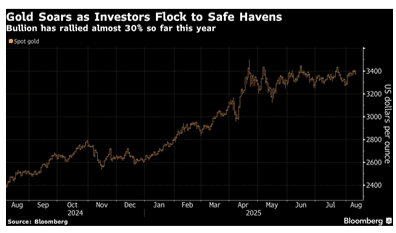
“Asian families understand gold more intimately than Western families because it’s been part of the culture for so long,” said Joshua Rotbart, founder and managing partner at precious metals broker J. Rotbart & Co. “They know they need to make this investment as a business.”
Some have turned to leasing it. Billionaire families in the United Arab Emirates and Hong Kong are earning 3% to 4% returns by lending their physical bullion to local jewelers — adding a yield on top of the usual price appreciation, according to Rotbart and precious metals trader Goldstrom. They’re turning a safe-haven asset into a quietly compounding cash machine.
Others are entering profit-sharing ventures with Goldstrom and J. Rotbart & Co. Meanwhile, some are playing the arbitrage game, buying discounted bars in Dubai and flipping them for premiums in Hong Kong, where demand is especially high and logistics are streamlined. Wealthy families can also use their physical gold as collateral to borrow money for other investments such as stocks, crypto and real estate, executives at Goldstrom and Rotbart said.
“Anywhere you go in Asia, everyone buys gold in much larger proportions than they do in the West,” said Patrick Tuohy, executive director at Goldstrom. “People hold gold because they know they can always liquidate it on a rainy day.”
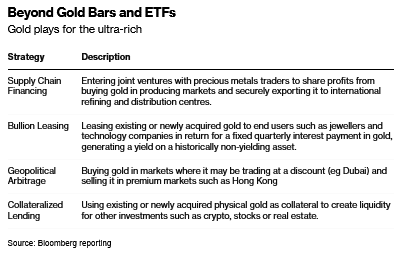
Rain, metaphorically speaking, is in the forecast. The US dollar has been wobbling under the weight of a ballooning US debt deficit and potential interest rate cuts from the Federal Reserve. That’s a scenario in which non-yielding gold’s haven appeal is likely to shine even brighter, while a weaker greenback makes the metal priced in US dollars cheaper for most buyers. Deutsche Bank sees bullion averaging $3,700 an ounce in 2026, while Goldman Sachs Group Inc. expects the rally to continue to as high as $4,000, up from around $3,375 on Aug. 11.
“The hedge against the Hong Kong dollar is actually getting physical metal gold because Hong Kong is basically out of control of its own currency,” said Quentin Mai, chief executive officer of West Point Gold, a mining exploration company.
For Hong Kong’s gold market, there’s also support from the mainland, the biggest consumer of the precious metal. China launched its first offshore gold vault in Hong Kong this year, making settlement easier for global players, and quietly reinforcing the city’s role as Asia’s bullion hub, just as Beijing intended. But there are limits to those efforts.
For one, compliance concerns persist. Of Hong Kong’s several refineries, only two are accredited by the London Bullion Market Association, an influential trade body that requires firms to screen for conflict-linked or environmentally harmful metal. Most of the world’s biggest bullion buyers — including central banks, institutional investors and luxury brands — only accept responsibly sourced gold from refineries on the LBMA’s Good Delivery List.
That can pose a challenge when dealing with supply from places like Kenya, which non-governmental organization SwissAid has singled out as a transit hub for smuggled bullion from other African countries. Earlier this year, the group said that the nation may have become a conduit for gold from Sudan, where a civil war has raged since 2023.
Cavendish is working with precious metal trader Ramco Ltd., which “does everything we can to source gold from quality sellers, ensuring we are compliant with Hong Kong law,” director Gavin Wyborn said.

Another consideration is that trading unrefined gold can be a very high risk strategy that requires not only a deep understanding of the gold market but also solid connections with legitimate players, said Tuohy.
“When you absolutely know what you’re doing, it’s mechanical and very lucrative,” Tuohy said. “But there is an enormous gap between not knowing exactly what you’re doing and having a working process that’s tried and tested. And that lack of experience can cost you thousands, if not millions, of dollars.”
There’s also the concern the party may not last. After a phenomenal rally in the last year, even the most enthusiastic gold bugs may find prices near-record levels increasingly difficult to stomach. Cost-sensitive buyers in the region may find themselves priced out of the market if the rally continues to reach new heights, with lofty prices already weighing heavily on demand for gold jewelry in China and India — the two biggest consumers of bullion.
“We anticipate that in about a year, the market will start to cool down” as geopolitical issues ease around the US midterms in 2026, said Jacquetin. “Demand will decrease.”
Yet, for now, the profits are alluring. Cavendish and its business partners, for instance, clears 5% to 10% premiums on each roundtrip shipment. Prior to shipment, the gold is pre-assayed to analyze the gold’s composition to enable export tax calculations. Then unprocessed gold arrives at a specialized cargo terminal at Hong Kong International Airport and moves swiftly to a local refinery for fire assaying. Days later, it’s headed to private vaults or across the border to mainland buyers, some of which are state-owned companies.
“Given the premiums people are willing to pay for gold, it’s going to attract more people and bigger players,” said West Point Gold’s Mai.
Read the full article HERE.
